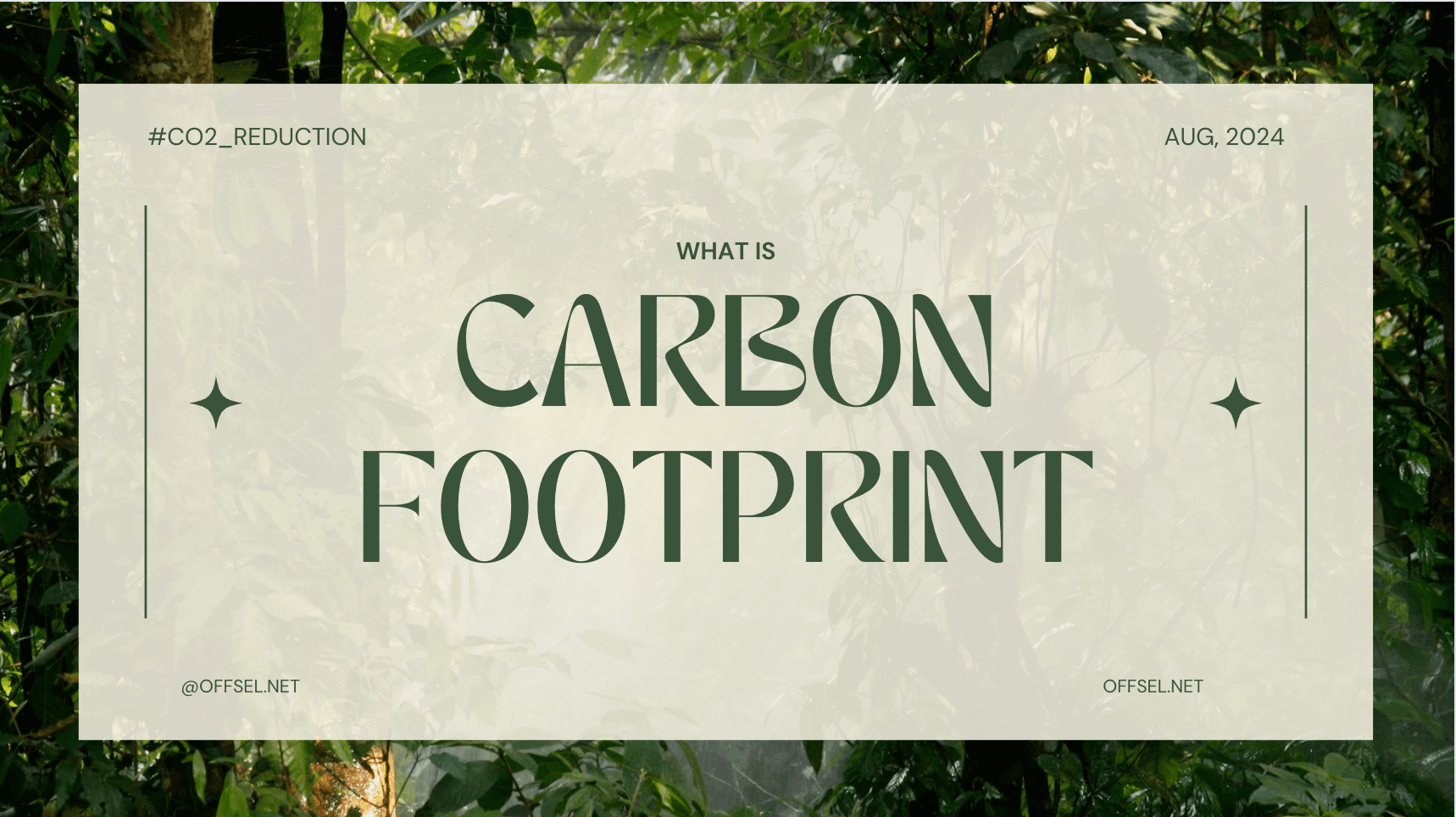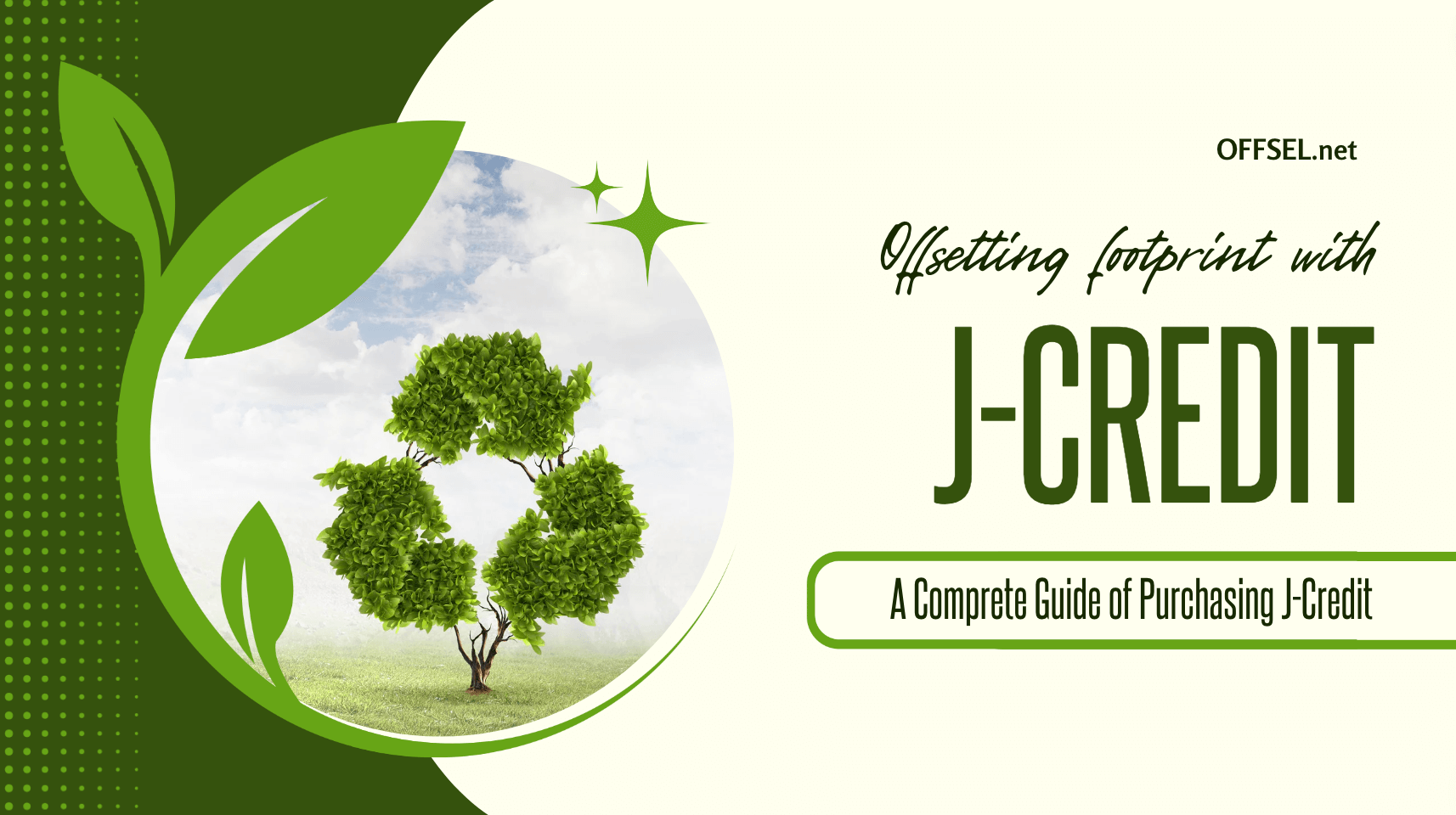Explaining the Definition of A Carbon Footprint
- CO2-reduction

A Carbon Footprint is utilized to reduce greenhouse gas emissions. This article provides an in-depth exploration of Carbon Footprints, covering their definition, purposes, specific examples, global and Japanese trends, the difference from Ecological Footprints, and the scientific methods aimed at reducing greenhouse gas emissions.
Table of Contents
Definition of a Carbon Footprint
A carbon footprint is the total amount of greenhouse gases, primarily carbon dioxide (CO2), that are released into the atmosphere as a result of human activities. These activities can include driving cars, using electricity, producing goods, and even the food we eat. Here’s a simple way to understand it
The concept is used to quantify the impact that human activities have on the environment, particularly in terms of climate change, by contributing to the greenhouse effect. The carbon footprint includes all sources of greenhouse gas emissions, from the energy used in homes and businesses to the production and transportation of goods and services. Reducing the carbon footprint is essential in efforts to mitigate climate change and its impacts on the planet.
Examples of the carbon footprint in your daily life
Transportation
-
- Personal vehicle use: Cars are a major source of CO2 emissions, especially when using gasoline or diesel. For instance, the average passenger vehicle emits about 4.6 metric tons of carbon dioxide per year.
- Public transportation: While it’s more sustainable than driving alone, using buses, trains, and subways still contributes to your carbon footprint, albeit to a lesser extent.
- Air travel: One of the most carbon-intensive activities. A single flight can emit as much CO2 as many people do in a year. For example, a round-trip flight from New York to London can generate about 986 kg of CO2 per passenger.
Home Energy Use
-
-
- Electricity: This varies depending on the energy mix of your region. In areas where coal or natural gas is predominant, the carbon footprint is higher.
- Heating and cooling: Systems like central heating or air conditioning can be significant energy users. Insulation, energy-efficient appliances, and smart thermostats can help reduce this impact.
-
Food consumption
-
- Diet choices: Meat, particularly beef and lamb, has a high carbon footprint due to methane emissions from cattle and resource-intensive production. Plant-based diets generally have a lower carbon footprint.
- Food production and transport: The distance food travels from farm to table, known as “food miles,” contributes to its carbon footprint. Locally sourced food typically has a lower footprint.
Goods and services
-
- Consumer goods: The lifecycle of products, from manufacturing to disposal, contributes to your carbon footprint. For example, electronic devices require a lot of energy and rare materials to produce.
- Digital footprint: Online activities, like streaming and cloud storage, also consume energy, largely from data centers which are energy-intensive.
Water usage and production
-
- Hot water: Heating water for showers, washing dishes, or laundry constitutes a significant part of a household’s energy use. For example, a 10-minute shower can emit about 0.5 kg of CO2.
- Landfill waste: Decomposing waste in landfills produces methane, a potent greenhouse gas. Reducing, reusing, and recycling can significantly lower this impact.
- Electronic waste: Disposal of electronic waste is a growing concern due to the toxic materials and the energy involved in production and recycling.
How to calculate your carbon footprint
- Establishment and Certification of CFP-PCR:
CFP-PCR (Carbon Footprint Product Category Rules) are rules governing the calculation and declaration of Carbon Footprints. They are created for each product or service, undergoing public solicitation and review for certification. - Calculation and Verification:
By utilizing CFP-PCR, the Carbon Footprint is calculated by considering the entire lifecycle—identifying emission sources during stages like raw material procurement, manufacturing, transportation, usage, disposal, and recycling. Emission quantities are calculated using raw unit data and activity data, converted into CO2 equivalents, and uncertainties are evaluated for reliability. - Declaration and Publication of CFP:
CFP is effective only after verification and it will be labeled on products so customers can make decisions for purchase. Verified information is submitted to the CFP program, and upon acceptance, the CFP mark can be affixed to products.
Why is carbon footprint important?
Consequences of not grasping one’s Carbon Footprint is crucial from three perspectives: consumer, business, and market.
Consumer Responsibility: To recognize impacts on the environment and have sustainable actions individually, it is essential to have knowledge of one’s Carbon Footprint emissions.
Business Trust and Competitiveness: Businesses that fail to accurately understand their Carbon Footprint risk losing societal trust and competitiveness. Neglecting efforts to improve their products’ environmental performance and providing inaccurate information to consumers can have detrimental effects.
Market Efficiency and Low Carbonization: Inefficient market low carbonization can occur due to inaccurate measurement of Carbon Footprint, hindering proper pricing and demand adjustments based on carbon emissions. It misleads to promote products with high Carbon Footprint, and less opportunities to introduce environmentally friendly items.
Therefore, a lack of knowledge of the Carbon Footprint might cause a negative impact for individuals, businesses, and the market.
Actions for Environmental Protection: Since greenhouse gasses cause climate change, it is crucial to reduce the carbon footprint. It is crucial to solve climate change issues such as sea level rise, storms, drought, and affect biodiversity.
Cost Reduction and Efficiency Improvement: Reduction of the carbon footprint leads to energy usage. Renewable energy, energy efficient technologies, and reduction of waste can cut costs. For example, when businesses introduce solar/wind power, the cost of running is less than fossil fuels in the long term.
Enhancement of Corporate Image and Competitiveness: Companies that adopt sustainable business models often receive high acclaim from environmentally conscious consumers and business partners. An environmentally friendly corporate image enhances brand value and attracts the interest of investors. Furthermore, as regulatory requirements become more stringent, working to reduce carbon footprints helps mitigate future regulatory risks and ensures long-term business sustainability.
Social Responsibility and Leadership: When companies or individuals are aware of and actively reduce their carbon footprint, it signifies fulfilling their social responsibility. It raises environmental awareness and makes a sustainable society. To lead sustainability of the industry, it is crucial to demonstrate leadership in environmental protection and influence other companies and organizations.
Challenges in Calculating Emission Amounts
There are some facts to be considered apart from CO2 emissions of products.
One issue is that products that show low emissions during their lifecycle assessment (LCA) but have high emissions during manufacturing may become less attractive for manufacturers to produce. Some energy efficient products reduce emissions while they are being used, however, it has high emissions during the production. It puts some manufacturers at a disadvantage.
In response to such situations, it becomes necessary to consider not only the emissions produced during manufacturing but also the “emission reductions during use” when setting emission limits for companies under the “Domestic Emission Trading System (Cap and Trade System).”
This approach is needed to address the disparity and encourage the production of products that, while potentially higher in manufacturing emissions, offer significant emission reductions during their use.
You May Also Interested In:
Carbon Budget Explained: How Much CO2 Can We Still Emit
What Does It Mean To Be Carbon Negative? Difference Between Carbon Positive and Carbon Neutrality
A guide of Carbon Neutrality – What is the Difference between Net Zero and Decarbonization?
CONTACT US
Please feel free to contact us at anytime.
We will get back to you as soon as we
can!
Editor
OFFSEL Owned by Erevista Inc, OFFSEL is specializes in Environmental issues, especially in carbon neutrality. We primarily provide the latest information on environmental energy.




